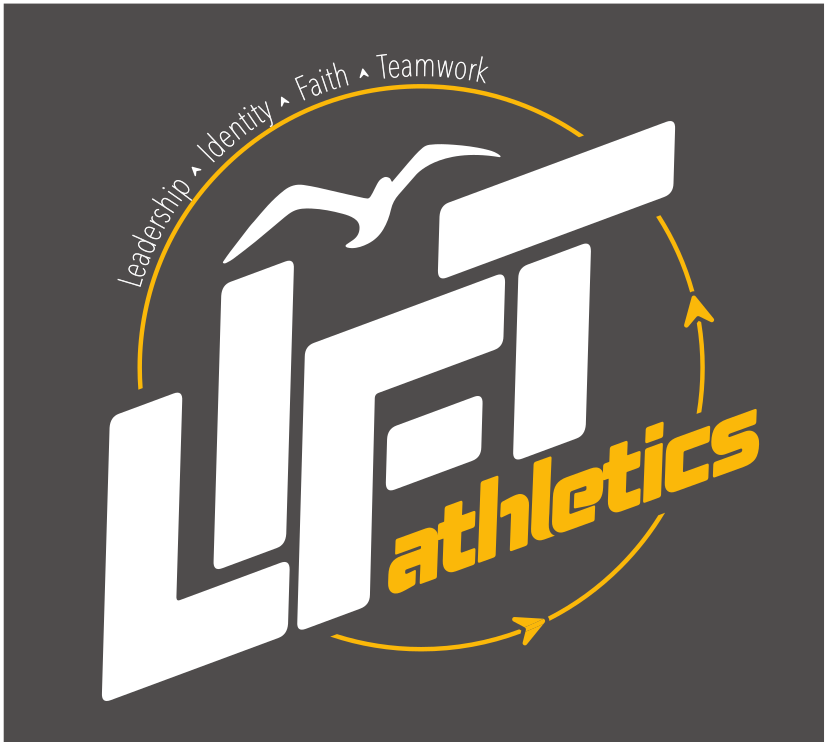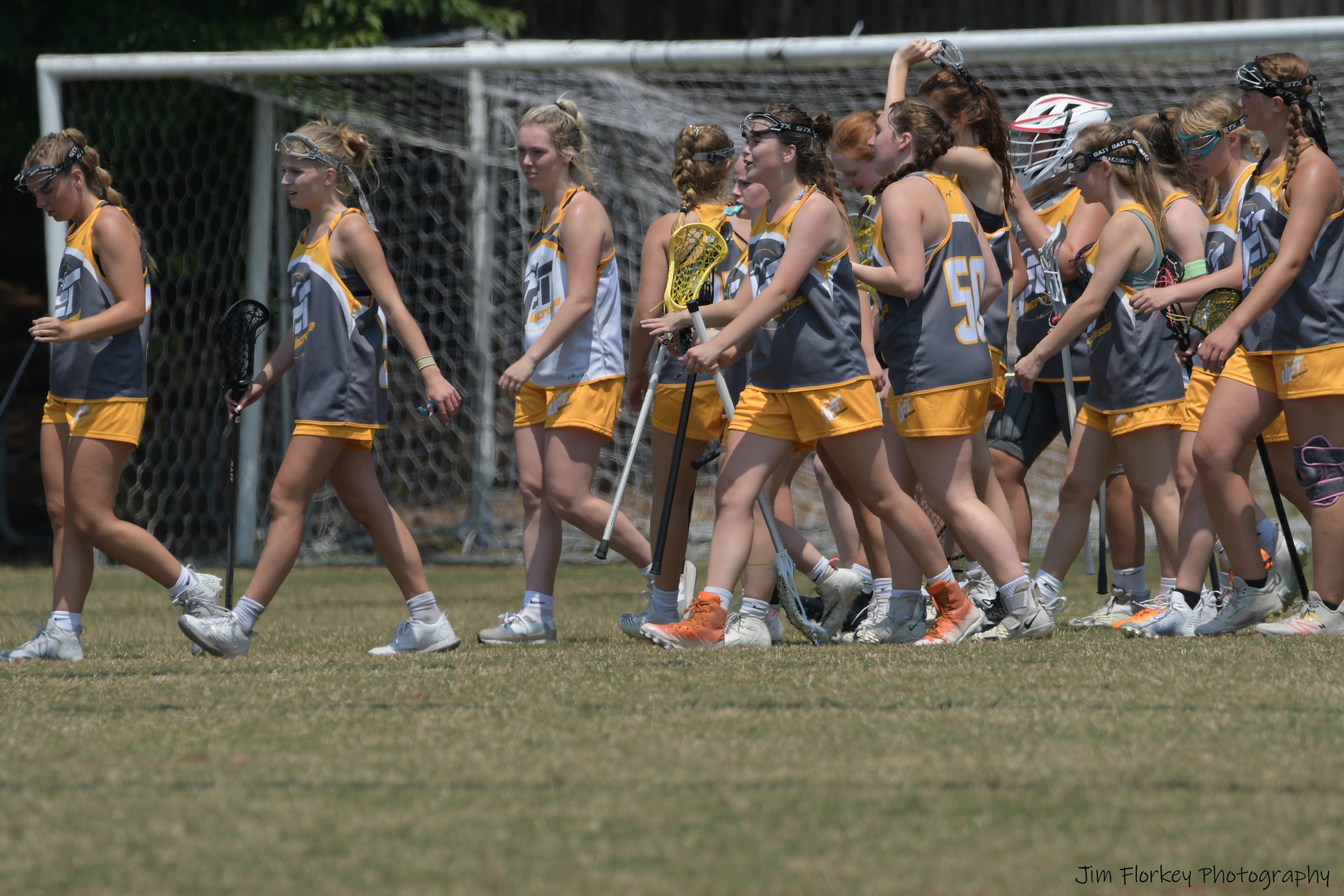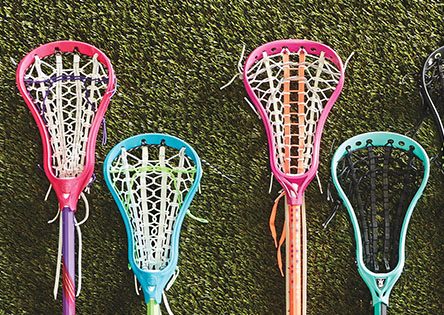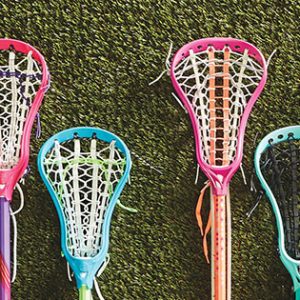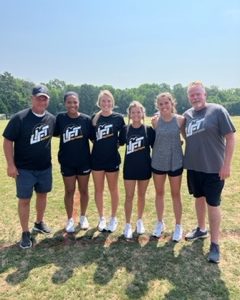Code Of Conduct(Required) I/We agree to the Code of Conduct
CODE OF CONDUCT
Waiver(Required) I/We agree to the waiver.
I/We, the parent(s) and /or guardian of the above named applicant(s), hereby give my/our approval to participate in any and all Lift Lacrosse Club activities. I/We assume all risks and hazards incidental to such participation, including transportation to and from said activities and I/we do hereby waive, release, absolve, indemnify, and agree to hold harmless Lift Lacrosse Club, the officers, organizers, directors, sponsors, managers, supervisors, coaches, participants, volunteers, and any persons transporting my/our child(ren) to or from said activities, from any claim arising out of an injury or death to my/our child(ren) resulting from said participation. I understand and acknowledge that my child(ren)’s participation requires him/her to be a registered member of US Lacrosse for the entire duration of activities with Lift Lacrosse Club. I understand that the release of liability required by US Lacrosse is adopted and incorporated into this release as if fully stated herein in regard to further releasing Lift Lacrosse Club from liability. I accept responsibility to pay for and maintain the US Lacrosse membership of my child(ren) separate and apart from dues paid to Lift Lacrosse Club. I further acknowledge and grant Lift Lacrosse Club the right and ability to publish, post, or distribute photographs of my child(ren) on internet websites, Facebook, Twitter, or other documents that may be created and distributed by the Foundation.
Lindsay's Law(Required) I/We acknowledge receipt of information about Sudden Cardiac Arrest
Sudden Cardiac Arrest and Lindsay’s Law
